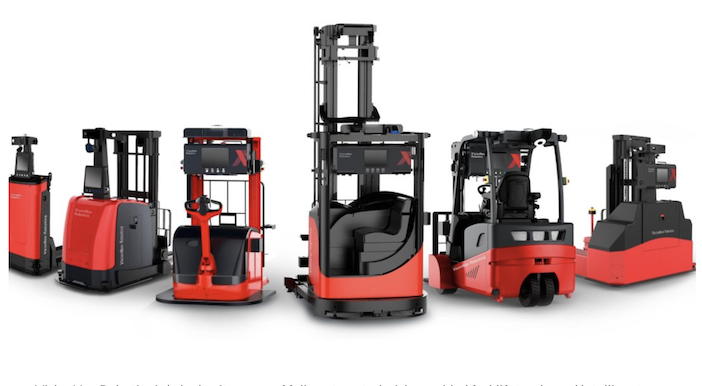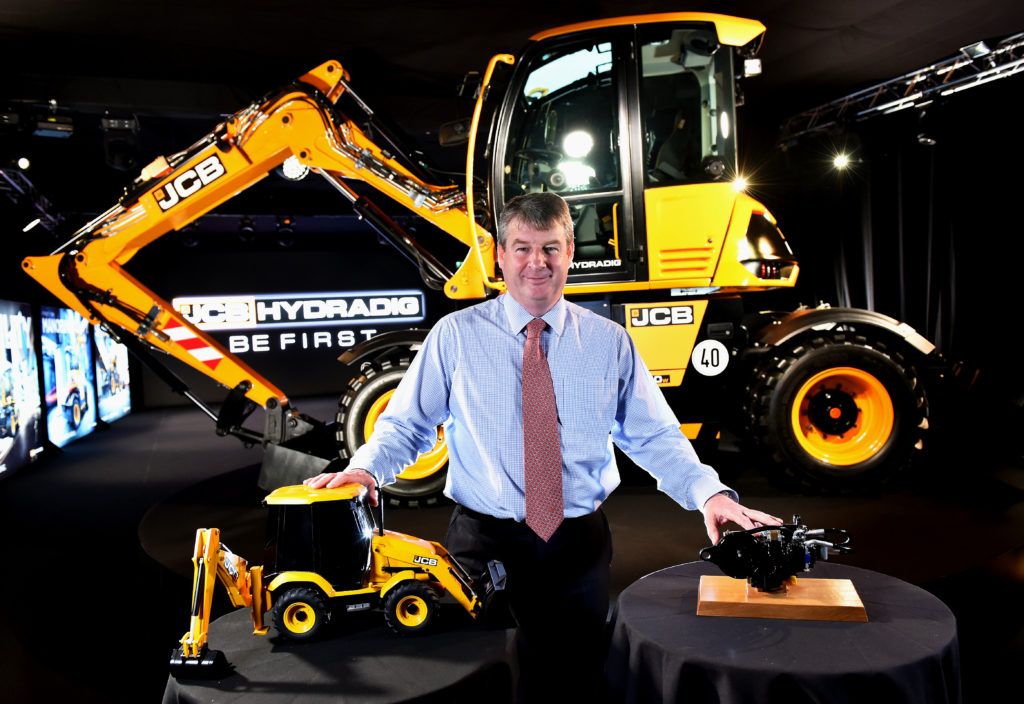A growing number of European warehouse and distribution centre operators see driverless forklift truck technology as the optimum solution to the staff recruitment and employment cost challenges they are facing, says Jason Zhang, head of sales Europe for VisionNav Robotics
**
Across the Eurozone a shrinking labour pool is hitting the logistics sector hard. And with HGV drivers, warehouse order pickers and forklift operators all in short supply, supply chain disruption has become a serious issue for many organisations.
While Covid and the economic and social upheaval that has followed in its wake is partly responsible for the current workforce crisis. Other factors – including a falling population of ‘prime age’ workers – suggest that the problem isn’t simply a ‘bump in the road’ but something with which the logistics industry will have to learn to contend in the long term.
In Germany – Europe’s largest economy – the ageing population combined with low birth rates recently prompted the Federal Labor Agency to warn that the country must attract at least 400,000 skilled immigrants every year.
“The fact is Germany is running out of workers,” said Federal Labour Agency Chairman Detlef Scheele. “From nurses to logistics personnel there will be a shortage of workers everywhere.”
Even in countries with high levels of unemployment such as Spain – where the unemployment rate is currently hovering at around 14 per cent – warehouse staff and forklift operators are in high demand due to the low supply of qualified personnel to do the jobs.
And in the UK 13 per cent of respondents to a recent survey undertaken by the leading trade association, Logistics UK, reported severe warehouse staff shortages, with a substantial decline in the availability of forklift drivers cited as a major problem.
Of course, fewer staff in any traditional warehouse where manual picking and packing are core activities, puts significant strain on the existing employees and makes an already taxing job even less appealing to potential new recruits – so its easy to see how the logistics industry’s worker shortage problem is likely to become worse before (if ever) it improves.
Throughout Europe the lack of workers means warehouse operators have to offer increased wages to attract the quantity and quality of the personnel they need. In the UK, for example, in November 2020 the average forklift driver’s salary advertised on online job-search engine Adzuna was £21,972 while warehouse staff positions typically paid £19,995 per annum. By November 2021 the remuneration for both forklift drivers and order pickers was up 8 per cent year-on-year. Over the same period, vacancies for forklift drivers had surged 169% while other warehouse job postings were up 143%.
Given that human labour is already one of the most significant costs associated with running a warehouse the handsome financial packages that are now required to tempt forklift operators or other warehouse staff are prompting more and more logistics companies to seek new ways of providing the same service levels with less staff.
For many, this means switching to automation and, unsurprisingly, a growing number of Europe’s warehouse and distribution centre operators consider driverless forklift truck technology represents the optimum solution to the recruitment and employment cost challenges they are facing.
Driverless forklifts undertake every type of task that would be expected of a traditional manually-operated forklift – including vehicle loading and unloading, pallet put-away and retrieval in both standard and very narrow aisle racking configurations, as well as pallet and stillage movements throughout the warehouse.
In addition to the obvious savings in labour costs that driverless forklifts bring, other benefits include: reduced damage to goods, racking and trucks; greater picking accuracy; and more efficient use of the available storage space.
Worldwide, Nestle, DHL and Walmart are among the high profile businesses to have already adopted driverless truck systems, while countless small and medium sized forklift users are also benefiting from such solutions.
In simple terms, the ‘vision-based’ navigation technology at the heart of these operator-free forklifts uses a vehicle-mounted camera to sense the environment in which the vehicle is operating. Information concerning the structural design and storage system lay-out of the facility where trucks are deployed is stored as off-line maps which the visual navigation system matches with real time images received from the camera to navigate the forklifts efficiently and safely around the store. With multiple vehicles controlled by the system, the trucks are directed to their next location via the shortest, fastest and safest route for optimum throughput performance.
Visual navigation technology is not only highly efficient, it is quick and easy to install and brings a rapid return on investment. The highly flexible technology allows driverless industrial trucks to be adopted with minimal disruption to a site’s existing intralogistics process and, typically, ROI is achieved after a period of 18-24 months.
The overwhelming majority of warehouse and distribution centre operations rely on forklift trucks for the efficient running of their intralogistics processes and when it comes to running a lift truck fleet, the forklift driver is often the biggest cost.
Salaries, bonuses, training and myriad other expenses combined with hidden extras such as the damage to goods or a building’s infrastructure caused by a carelessly driven truck or, worse still, injuries to personnel, all add up to a considerable sum.
When the cost savings they bring are added to the fact that driverless lift trucks eliminate the staffing issues created by the shortage of qualified forklift drivers, it is not surprising that more and more companies are adopting automated lift truck technology to optimise the efficiency of their warehouse intralogistics processes.





